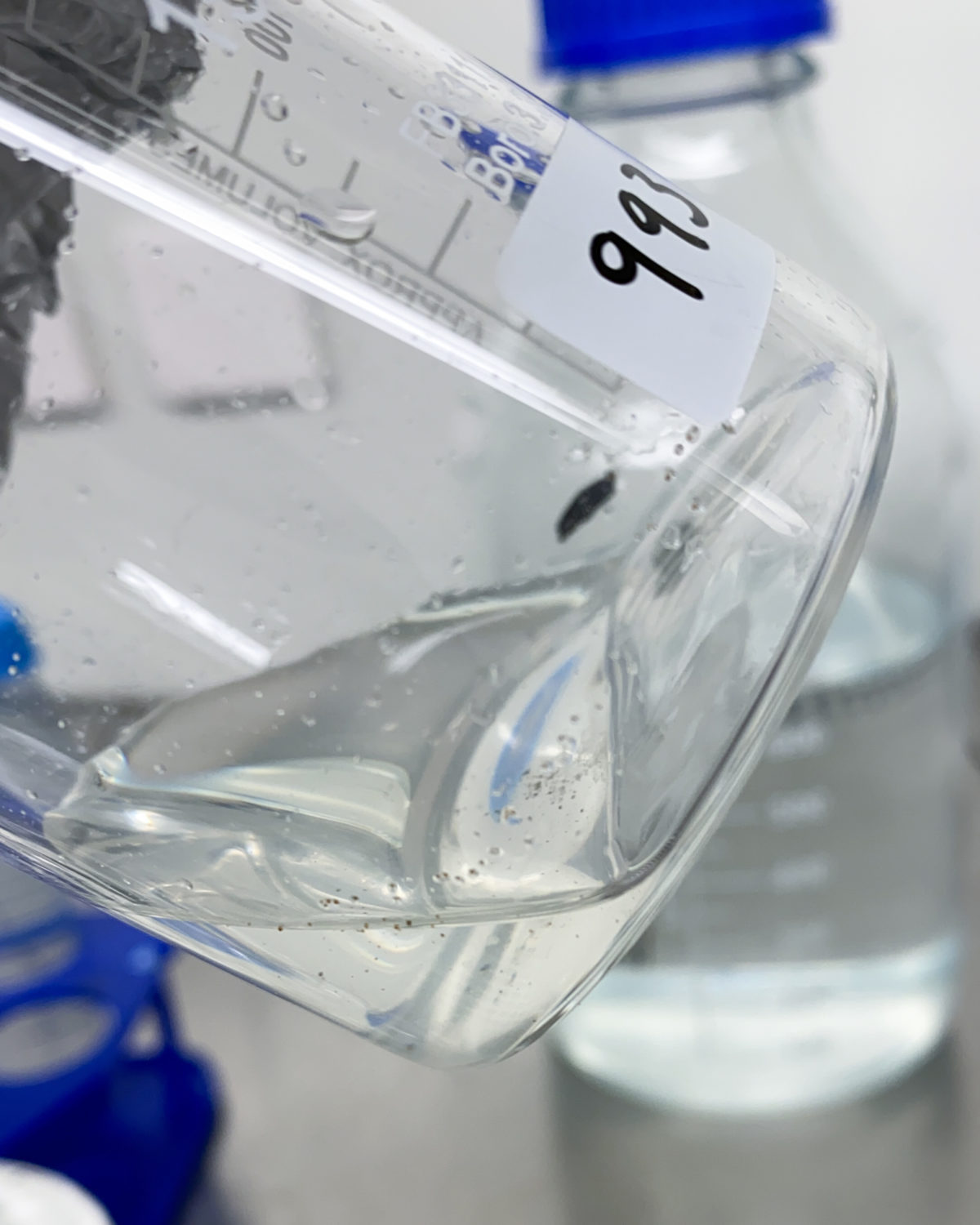PLASTIC
Microplastics in Antarctica:
Following field research in the Weddell Sea, Antarctica by the Nekton team, Nekton scientists with forensic experts from University of Staffordshire and climate modelling experts from Nelson Mandela University, and the University of Cape Town (South Africa) completed analysis to discover:
- Microplastic sink found in Antarctica, one of the last remaining pristine environment on Earth.
- Microplastic fibres discovered in all samples (air, seawater, sediment and sea-ice).
- Synthetic fibres were found in Antarctic air for the first time – confirming Antarctic animals and sea-birds, such as penguins could likely be breathing in plastic.
- Modelling analysis reveals South America to be a major source of airborne microfiber pollution in Antarctica.
- Researchers say that these new results make the need for a globally-agreed Plastics Treaty even more urgent and provide key recommendations for policy and individuals.
- Field research undertaken during an expedition to discover Sir Ernest Shackleton’s ship, the Endurance.
- Laboratory analysis combined forensic science techniques (more commonly associated with ‘CSI')
The Publication: ‘The transport and fate of microplastic fibres in the Antarctic: The role of multiple global processes’. https://doi.org/10.3389/fmars.2022.1056081
Reducing Ocean Plastic Pollution
The documentation of plastic pollution is a huge challenge and one we have led in deep sea, but these surveys alone do not help us address the problem as it is almost impossible to remove ocean plastic without also damaging marine life so we need to stop leakage of plastic into the marine environment.
Working with Common Seas we have developed Plastic Drawdown a practical tool for decision makers that allows them to rapidly assess their plastic waste and leakage into the ocean as well as nation-specific opportunities for policy interventions to reduce waste and leakage. Working collaboratively with stakeholders the Plastic Drawdown framework produces simple images of current and projected plastic waste and leakage as well as policies which could be considered so that decision makers can develop effective strategies.




